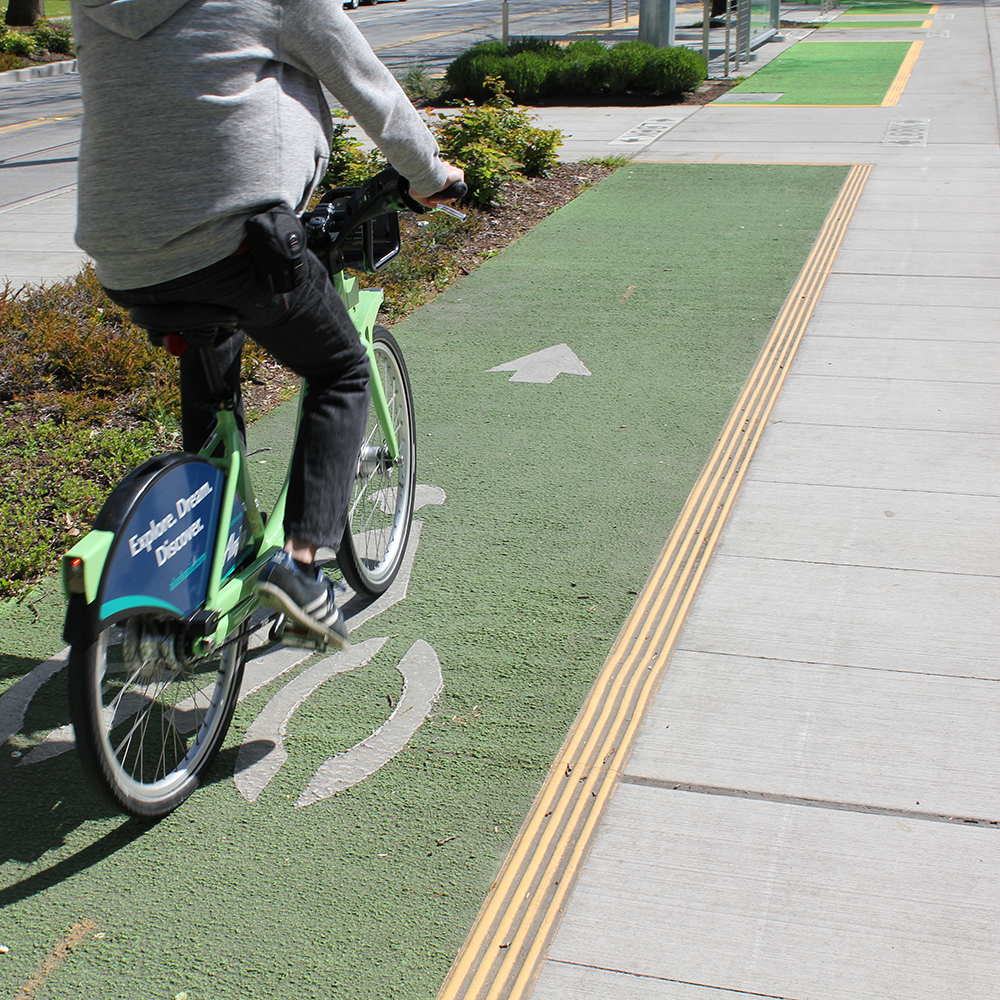But that doesn’t mean they’re necessarily as charming and practical as their devotees portray them to be. “A 15-minute city,” explains the National League of Cities, “enables residents to access most daily amenities within a 15- to 20-minute walk, bike or other mode of transportation from any point in a city, town or village regardless of size.”
A list of cities that want to wear the “15-minute” label includes Paris, Cleveland and Columbus, Ohio. These are all towns so big and so busy that a 15-minute walk or bike ride doesn’t get anyone very far. But then aren’t they actually large clusters of smaller 15-minute cities? Based on the definition, isn’t New York a 15-minute city? Could not someone who lives on Manhattan’s Upper West Side, or in Gramercy Park on the east, or in any of the island’s many neighborhoods, be able to buy groceries, work, drop off the kids at school, see the doctor and relax in a park just within their neighborhood?
In order for the 15-minute city name to apply, it seems that urban dwellers will have to get around without the one modern convenience that arguably has delivered more freedom to more people than any other single innovation. A “real” 15-minute city cannot be defiled by the presence of the common automobile. At the same time, the boundaries of the 15-minute city are being stretched outward. As Cato Policy Analyst Marc Joffe noted, some transit advocates have attempted to include short bus, light-rail, and subway trips under the 15-minute city umbrella.
And who are these public-transit advocates?
A Venn diagram would show that they overlap almost entirely with the activists, elected officials, unelected officials and planners who want to pull the ordinary people out of their cars. It’s no exaggeration to call their campaign a war on cars.
In some of the battlefields we’ve seen: the Oxfordshire City Council in England installing “traffic filters” that target “unnecessary journeys by cars” through a governmental permitting process and “all but the most essential traffic banished” in Pontevedra, Spain, “to take back the public space for the residents.” Irish officials have warned their people “they will be forced off the roads” and then sardined into higher-density cities (a universal wish among planners, politicians and anti-sprawl activists), their lifestyles revolutionized in the name of the climate. Glasgow officials blocked cars from the city center.
As it turns out, the much-maligned, often-vilified automobile commutes for most Americans – 60 percent – are already less than 30 minutes. Workers who drive alone average not quite 27 minutes behind the wheel, which means they arrive in almost half the time it takes commuters who ride buses, subways, elevated trains, street cars and trolleys.
We also know that employment centers are not limited to downtown cores as they once were. At 8 a.m. on any given morning, commuters are driving in all directions. So is there a real need for planners to engineer behavior? The facts don’t back up their initiatives.
There’s no denying the idea of 15-minute cities is appealing. What urbanite wouldn’t want to be able to get around with such ease, to expend as little time and energy to take care of daily needs? Trouble begins, though, when the urban planners, with their planning powers, get involved. Or, better said, take over. They replace the organic with the artificial, the spontaneous with the mandated.
No one should wonder why 15-minute cities have “ignited street protests, press denunciations and social-media warfare,” even though the planners themselves rarely do. They’re so convinced that they are design virtuosos that they can’t believe anyone could possibly disagree with them.
Central planning always has its victims, and urban planning is no exception. And of course the poor get the worst treatment under this concept. Author and academic Michael Lind has said “The 15-minute city is a working-class nightmare,” that a “car-free lifestyle” is available only to those “whose profession and income permit it.”
Lind also noted that British Conservative Parliament Member Nick Fletcher has “denounced the 15-minute city as an ‘international socialist concept,’” which might seem overheated even in our era of loose name-calling, but it’s not the free marketers on the right who are campaigning against automobiles. There aren’t many people on the left who are resisting the agenda.
There is a path to more convenient city living through policy, but it’s not the one that most policymakers think it is. Maybe we should call it anti-policy, a strategy that produces more with less. Governments should liberalize zoning so developers and innovators can build mixed-use urban cores that reflect life the way it once was, before Euclidean zoning fractured integrated neighborhoods into segregated pieces.
Rather than feeling “obliged to invent more glorious tasks to demonstrate their creativity,” which is how mayors and urban planners now see their roles, says urbanist Alain Bertaud, policymakers should instead focus their efforts on more humble tasks, such as letting people’s creative impulses and imaginations just rip. Let’s hope this 15-minute city idea’s 15 minutes are up.
Kerry Jackson is a fellow with the Center for California Reform at the Pacific Research Institute.

